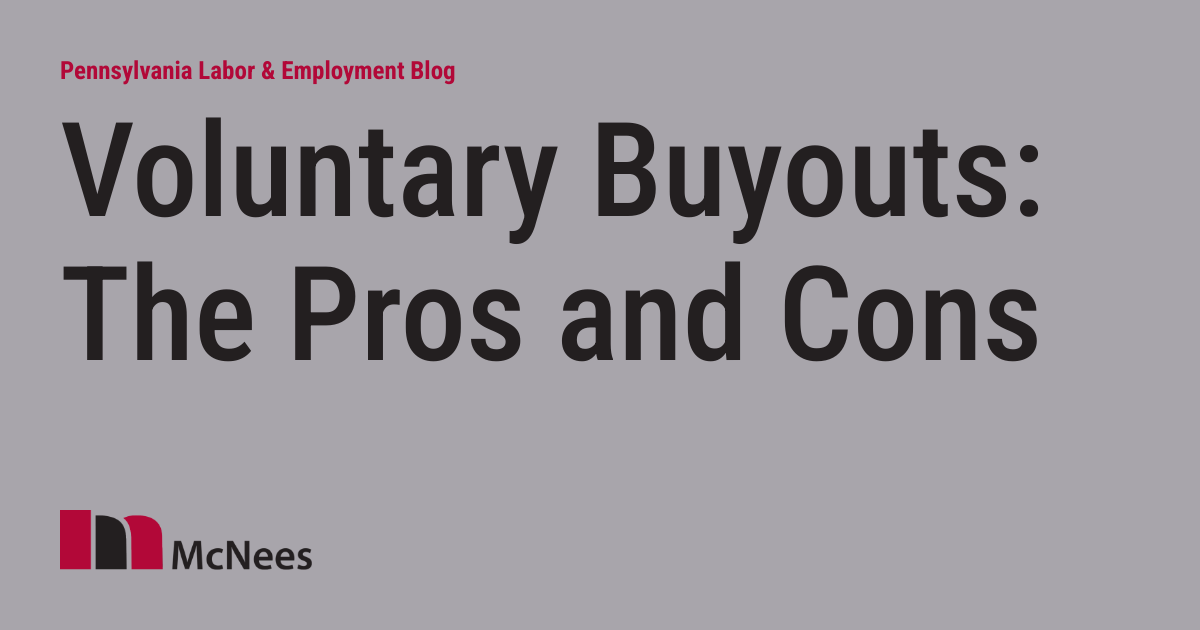ICE Announces July and August Deadlines for Employers: Preparing for the DHS Planned Sunset of the COVID Pandemic Remote I-9 Verification Accommodations
The Department of Homeland Security (“DHS”) announced on May 4, 2023 a planned end to the COVID-19 remote I-9 flexibility. The flexibility ends on July 31 and prior pandemic I-9s must be remediated by Aug 30, 2023. Therefore, employers should act quickly to review and remediate I-9s that were verified remotely in the past three years.
Recommended Procedures for Remediating I-9s Completed Remotely:
- Create a list of all of the company’s new hires from March 20, 2020 to date. Pull all of their I-9s and determine which ones had their documents verified remotely.
- Also pull all of the I-9s from March 20, 2020 of existing employees that were reverified (i.e., expiring EAD work permits, expiring I-94s for H-1B and other visa holders, etc.) and determine which ones were remotely verified.
- Then arrange to have the employee come into the office with their original work authorization documents or authorize an individual who lives near them to complete the task on behalf of the company.
- Either way, Section 2 should be updated with a notation in the Additional Information Box: “Original documents viewed in person on x date” with their signature.
Best Efforts and Risk Assessment:
Of course, your company will want to do the best you can and try to reach 100% compliance. Since achieving perfect compliance may be difficult for some employers, it is helpful to consider the larger risk assessment. Specifically, I-9 audits by U.S. Immigration and Customs Enforcement (“ICE”) are very rare. Statistically, probably 1 in 1,000 companies are audited. While nobody knows how ICE will handle an audit which also involves I-9s created during the pandemic, it seems unlikely that ICE will take a punitive approach toward a company that did not reverify in person. DHS does have a proposed rule to make remote verification via e-mail, fax, or video permanent. But, the rule is not final yet, so that is why the agency is telling employers to finish the verification task under the old rule.
DHS Has Proposed to Make the Remote I-9 Pandemic Rule Permanent:
The proposed rule may become final as soon as August. While nobody knows for certain what the final rule will look like, our guess is that DHS will indicate that the rule applies only to new I-9s moving forward and not formally make it retroactive.
Vendors to Assist With Remote Verifications:
As to brand new hires going forward that are 100% remote or those hired during the pandemic, the ideal practice is to authorize someone living in that city to act on behalf the company as an authorized signatory to review the original I-9 work authorization documents in the field and then complete Section 2 or 3 of the I-9 in the field. There are a few vendors now providing this service. In addition, the large payroll providers have started a network for remote I-9 assistance. In some situations, a notary may be willing to assist as well. However, in California, notaries cannot do so unless they are also bonded immigration consultants.
Historical Perspective – The I-9 Was Created in 1986 Before Remote Work:
It’s nice that USCIS has proposed a regulation to make remote I-9 verification permanent. This would be beneficial for several reasons.
First, of course, is the growing wave of remote employment where the employee is not able to come to the office where the company’s human resources department is located.
Second, the requirement of in-person verification was created in 1986 by the legacy INS as part of the IRCA I-9 requirement. The rule was well intended – namely that the employer would look at the documents and determine if they are real. At the time, there were only fax machines, and the quality of a fax of a work authorization document was not very clear.
However, in the 1990s the ability to create false documents that looked very real became rampant. Then came scanners, crystal clear PDFs, high-quality e-mail, video calls, etc. Therefore, today whether the documents are reviewed in person or remotely, an employer never really knows for sure if the documents are real. They can only attest that they look real and that the person’s documents confer work authorization. Therefore, the proposed rule allowing remote verification is a good practical solution in light of technological advancements.
Strategies to Minimize Risk With I-9s:
I-9 Software: Purchasing a digital I-9 software system that is compliant with ICE protocols can be very helpful in minimizing I-9 completion errors. Being ICE compliant means that the software provides a complete audit trail of who touches the I-9, when, and what was done. Digital software will flag many errors at the time of completion. Please note that merely scanning a paper I-9 into an Adobe PDF will not comply with ICE requirements.
Training: Any individual that is involved in the I-9 process should be properly trained.
DOJ Immigrant & Employee Rights (“IER”): The IER unit at DOJ is very aggressive. If an employer erroneously denies employment to someone who they didn’t think was work authorized, no matter how well intended, DOJ will issue a large civil investigation demand, name and shame the company, and fine them.
Consult With Counsel: When you encounter any unusual I-9 issues, consult with experienced employment counsel to avoid creating liability, both as to onboarding as well as terminations.




![[Podcast]: In a World Without Non-Competes [Podcast]: In a World Without Non-Competes](https://www.lawandtheworkplace.com/wp-content/uploads/sites/29/2017/08/channel-logo-300x300.jpg)

